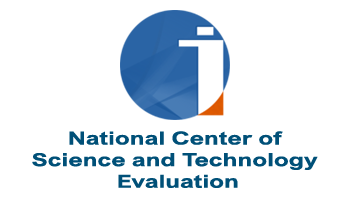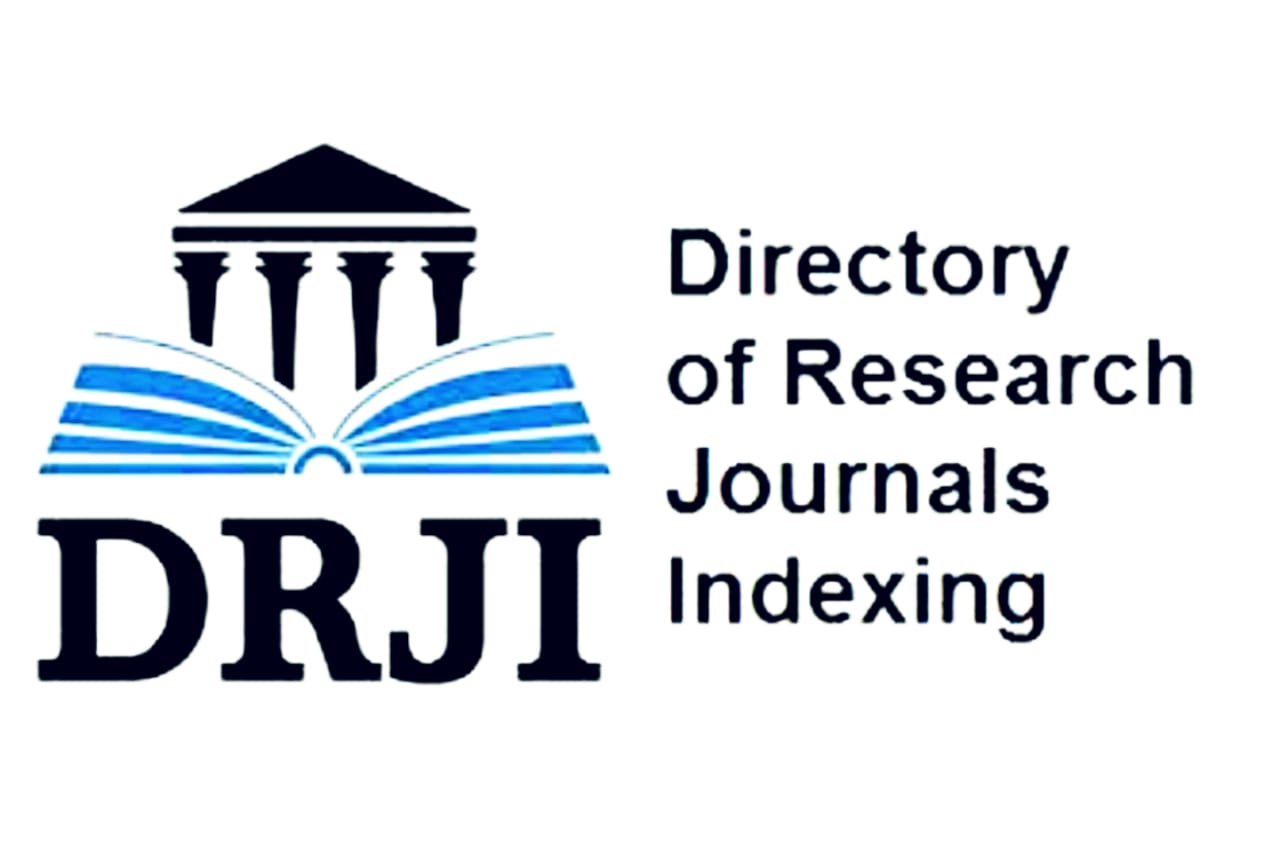Decellularization of bone tissue in a supercritical carbon dioxide environment
DOI:
https://doi.org/10.26577/IJBCh2023v16i2a2Abstract
The use of pig bone tissue as a graft makes it possible to obtain high-quality, relatively cheap and biocompatible ECM. This is since the mineral composition of pork bone is most similar to the mineral composition of human bone. Decellularization in SC-CO2 is a promising direction, since carbon dioxide easily diffuses into the depth of the cell and is a good solvent for lipids, it is non-flammable, non-toxic and chemically non-aggressive. In this paper, the ECM in SC-CO2 was obtained in three ways: 1) in dynamic mode with large SC-CO2 flows; 2) in static and dynamic modes with large SC-CO2 flows; 3) in static and dynamic modes with large SC-CO2 flows, with preliminary exposure in ethyl alcohol as a co-solvent. According to the histological examination, the removal of ICC by the first method is 55%. The use of a co-solvent before starting the decellularization process increases the percentage of ICC removal to 98%, which allows the use of ECM as a transplant.
Downloads
How to Cite
Issue
Section
License
Copyright (c) 2023 International Journal of Biology and Chemistry

This work is licensed under a Creative Commons Attribution-NonCommercial-NoDerivatives 4.0 International License.
ааа

















